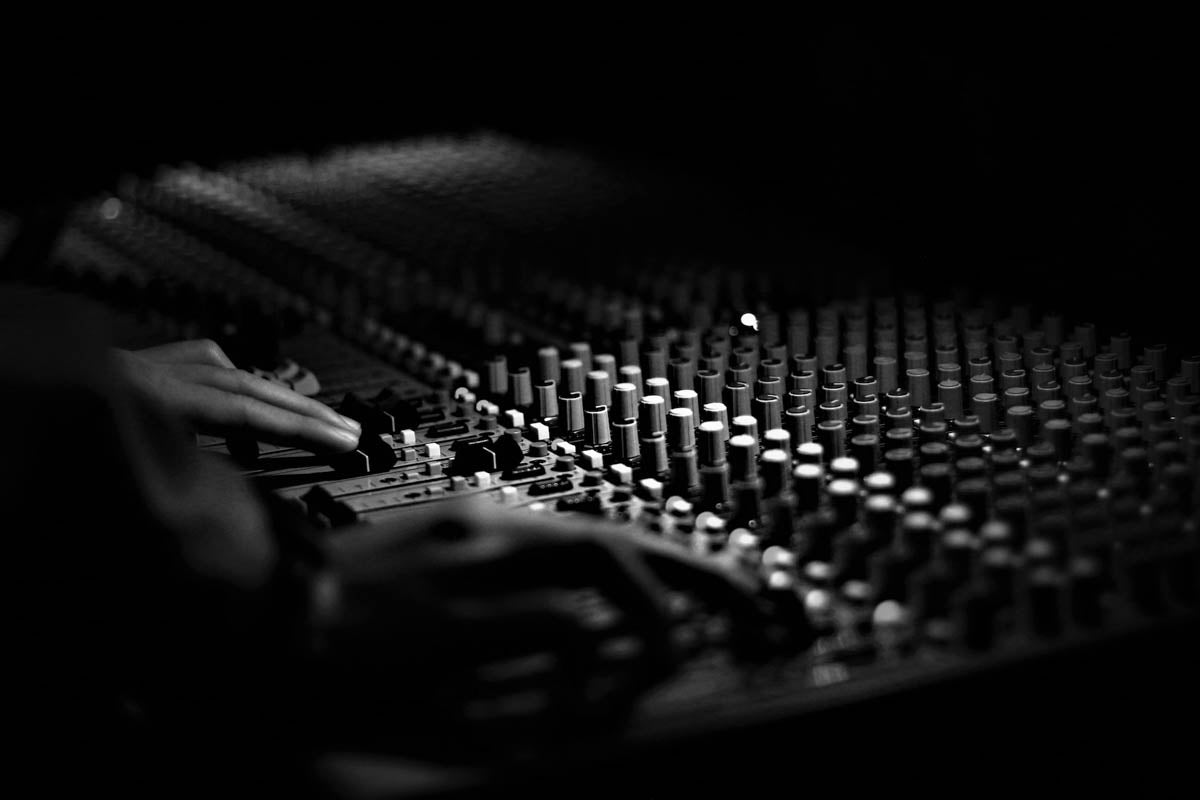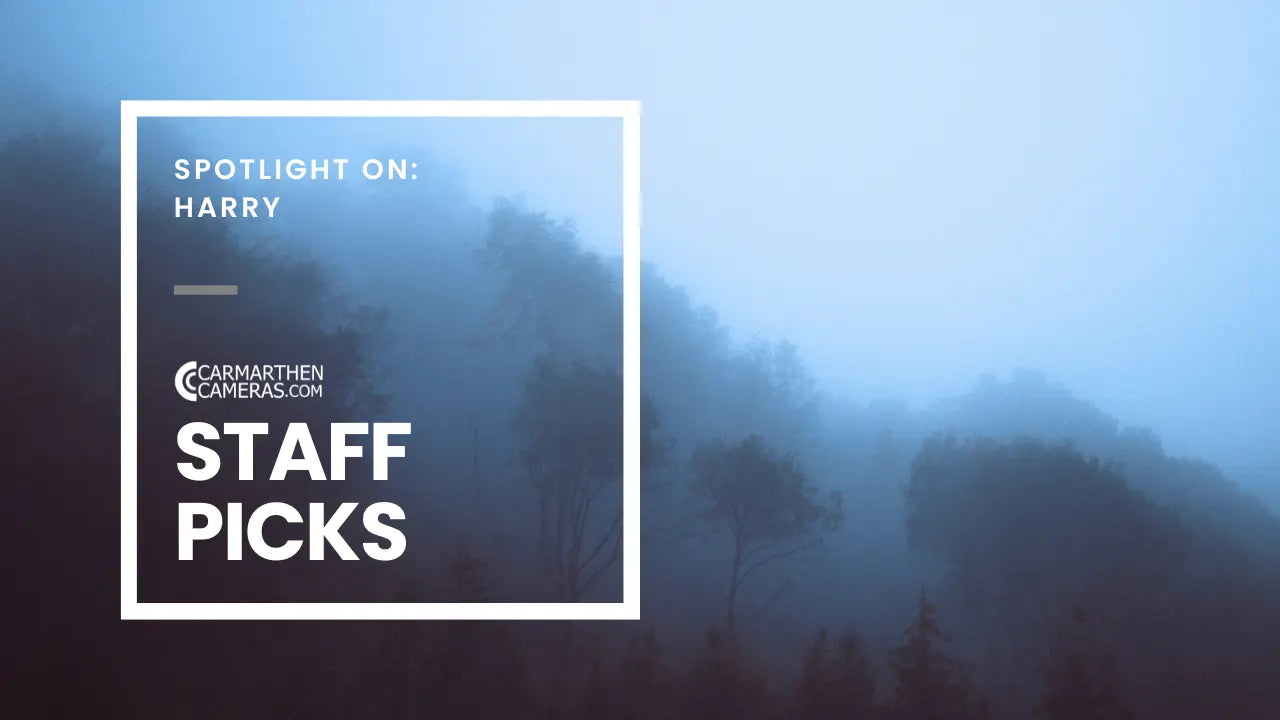Street photography is a captivating way to tell the unscripted stories of urban life. It’s about freezing fleeting moments and capturing the raw essence of people, architecture, and the streets themselves. If you're eager to master this art, here’s a comprehensive guide covering everything from technique to the legal and ethical aspects of shooting.

1. Understand Your Gear
Before heading out, ensure you're comfortable with your camera. Whether you’re using a DSLR, mirrorless camera, or smartphone, knowing how to adjust the following is crucial:
- Shutter speed: To freeze motion or create blur.
- Aperture: For controlling depth of field.
- ISO: For balancing exposure in different lighting conditions.
A lightweight setup works best for street photography. A 35mm or 50mm prime lens is ideal as it mirrors the natural human perspective, helping you blend in seamlessly.

2. Observe Before You Shoot
Street photography is as much about observing as it is about shooting. Take time to watch your surroundings and look for:
- Contrasts: Light and shadow, old and new, stillness and movement.
- Expressions: Emotional faces, body language, and unique gestures.
- Interactions: Between people, objects, and the environment.
Train your eye to spot patterns, leading lines, and compelling compositions.

3. Shoot Candidly and Respectfully
Candid shots are the essence of street photography, but respect for your subjects is equally important. To achieve this:
- Blend in: Dress inconspicuously and move naturally.
- Anticipate moments: Position yourself where interesting interactions might occur.
- Be discreet: Use techniques like silent shutter modes or shooting from the hip.
If someone notices you, a simple smile or brief engagement can put them at ease.

4. Master Composition
Strong composition can elevate a spontaneous street photo into a masterpiece. Keep these principles in mind:
- Rule of Thirds: Place your subject off-centre for balance.
- Leading Lines: Use streets, railings, or buildings to guide the viewer’s eye.
- Framing: Add depth using natural frames like doorways or windows.
- Negative Space: Highlight your subject by surrounding it with empty areas.
Remember, creativity sometimes calls for breaking the rules.

5. Use Light and Shadow
Light is one of the most powerful tools in street photography. Experiment with different times of day:
- Golden Hour: Soft, warm light for a romantic feel.
- Midday: Harsh light and sharp shadows for dramatic contrasts.
- Blue Hour: Diffused tones create a dreamy atmosphere.
In low light, use streetlights, neon signs, and reflections to add intrigue.

6. Tell a Story
Every great street photograph conveys a story or emotion. Focus on capturing moments that make viewers pause, think, or feel. Ask yourself:
- What’s happening in this frame?
- What emotions or connections does it evoke?
- How does it reflect the essence of the street?

7. Be Patient and Persistent
Great street photography often requires patience. Visit locations multiple times to uncover new angles or wait for the perfect moment. Over time, you’ll develop an instinct for spotting compelling scenes.

8. Respect Permissions and Legalities
Photographing People
- Public Spaces: In many countries, photographing people in public spaces is legal. Streets, parks, and open markets are fair game, but always verify local laws.
- Private Spaces: Shooting in privately owned areas, such as shopping centres, often requires the owner’s permission.
- Children: When photographing children, exercise caution and seek permission from parents or guardians.
- Cultural Sensitivities: Respect cultural norms, especially in areas where photography might be seen as intrusive.
Photographing Government Buildings and Sensitive Areas
- Government Structures: While generally allowed, photographing sensitive sites like embassies or military areas may be restricted. Look for signs or posted regulations.
- Police or Security Personnel: Photographing law enforcement is typically legal in public spaces, but avoid interfering with their duties.
- Restricted Zones: Areas like airports, ports, or railway stations may have specific rules, so check local guidelines before shooting.
Ethical and Legal Tips
- Know Your Rights: Research photography laws in your location.
- Be Respectful: If someone objects to being photographed, honour their wishes.
- Carry Identification: Some regions may require ID or an explanation for your photography.
- Commercial Use: For commercial purposes, obtain model or property releases when necessary.

9. Edit with Authenticity
Post-processing can enhance your photos, but avoid over-editing. Focus on:
- Adjusting contrast and tones.
- Fine-tuning shadows and highlights.
- Choosing black-and-white or colour based on the story you wish to tell.
The goal is to highlight the scene’s authenticity, not to distort it.

10. Keep Experimenting and Learning
Street photography is a continuous journey of discovery. Challenge yourself with new themes, such as solitude, chaos, or vibrant street art. Study the works of iconic photographers like Henri Cartier-Bresson and Vivian Maier for inspiration.
Final Thoughts
Street photography is about connecting with the world around you and preserving its stories. It requires observation, respect, and a touch of courage. Embrace the imperfections and surprises of the streets. Every shot you take becomes part of your unique photographic journey.
Happy shooting!























